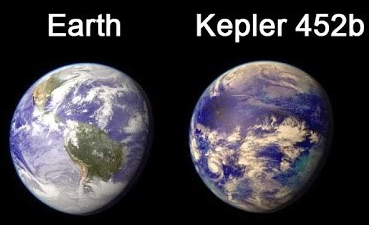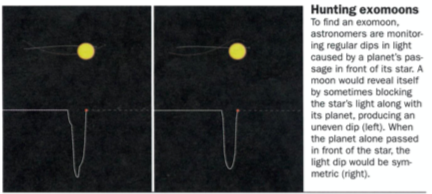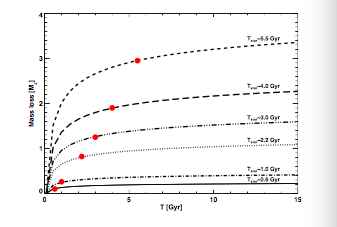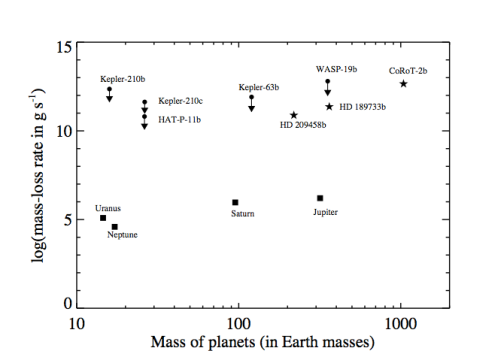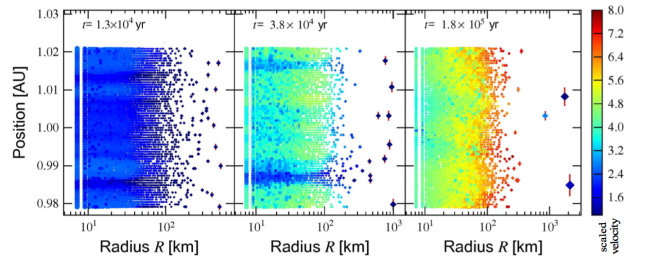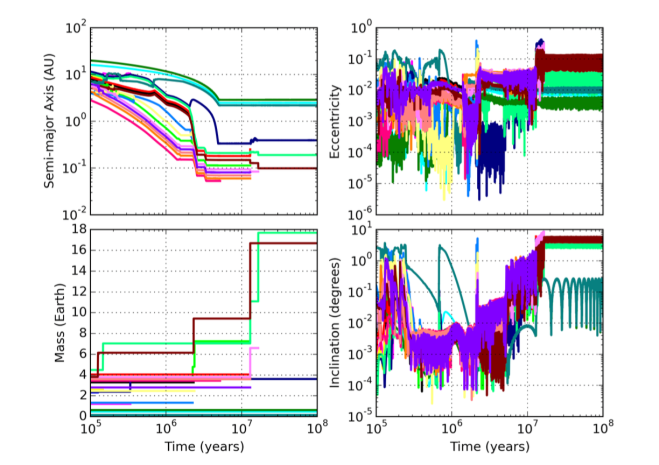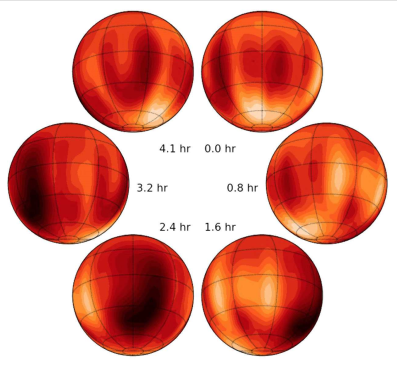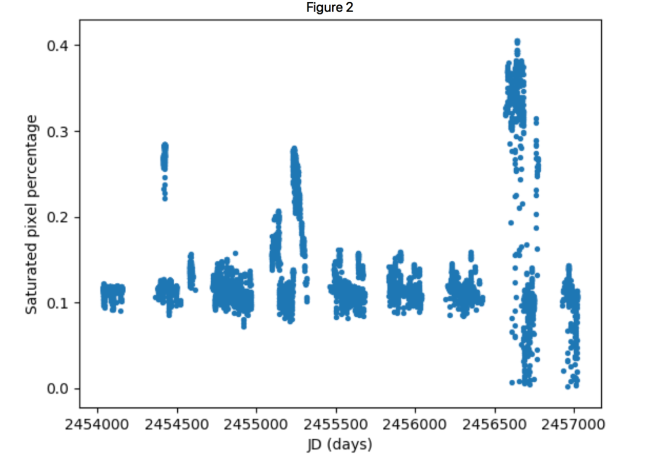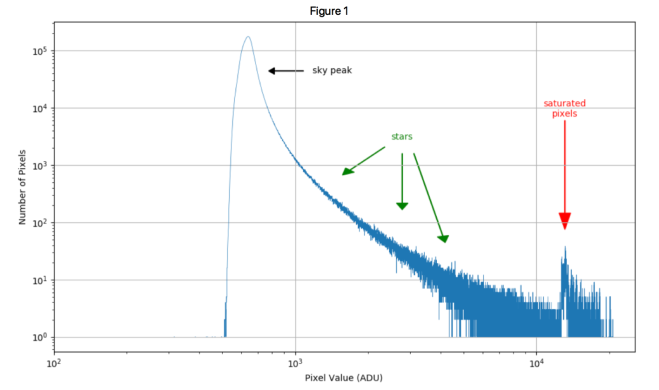Title: Most Observations Of Our Nearest Neighbor: Flares On Proxima Centauri
Authors: James R. A. Davenport, David M. Kipping, Dimitar Sasselov, Jaymie M. Matthews, and Chris Cameron
First Author’s Institution: Department of Physics & Astronomy, Western Washington University, Bellingham, WA, USA.
Status: Published 2016 September 29 by The Astrophysical Journal Letters;
Available at: https://arxiv.org/pdf/1608.06672.pdf

In August 2016, Astronomers made the ground-breaking discovery of Proxima Centauri b, an Earth-mass planet in the temperate zone of Proxima Centauri, the closest star to our Sun. The discovery has been effective in fueling the hope that the long-sought “Another Earth” might exist around the Sun’s nearest neighbor.
One problem, though. Our nearest stellar neighbor seem to have a flair for the dramatic.
Seasoned in the Flare Scene
In today’s paper, Davenport et al. utilized the Canadian micro-satellite Microvariability and Oscillations of STars (re: MOST) to study white-light flares emitting from the active M5.5 dwarf, Proxima Centauri over the course of 37.6 days.
The paper first emphasized the challenges Stellar magnetic activity posed to the questions of habitability and detectability in M Dwarfs like Proxima Centauri. Stellar magnetic activity is present in surface activity such as flares, and their role has been a topic of growing interest in assessing planetary habitability.
They then noted that, in spite of these challenges however, our nearest neighbor Proxima Centauri has long been an active flare star, and that’s important because of the great potential in using her as a model in better understanding flares.
Furthermore, given astronomers’ recent discovery of Proxima Centauri b, its host star has become integral in understanding planet formation around low-mass stars, the evolution of the magnetic dynamo, and the impact of stellar activity on planetary atmospheres.
Following the (White) Light
Flares have been previously studied with MOST before; however, very few other mid-to-late M dwarfs are bright enough or located within acceptable viewing zones to be studied as Proxima Centauri is.
Indeed, she’s special, and with the aid of MOST, researchers now had an unparalleled ability to statistically characterize rates and energy distributions for stellar flares.
The data Davenport et al. presented on Proxima Centauri came in the form of light curves from two observing seasons with MOST, shown in Figure 1 below.

But what about all of these squiggly lines? Well, it shows us how these researchers identified white-light flares— in the form of data points above a smooth light curve showing us the duration of these flares, and analyzing them in fractional flux units showing us decays in brightness.
In their study, Davenport et al. identified a total of 66 flare events between the two— the largest number of white light flares observed to date on the star— finding constant flare rate between both seasons, as well as the average amount of flares per day. The figure below shows the cumulative flare frequency distribution (FFD) versus event energy, which is the typical parameter space used to characterize stellar flare rates.

Ultimately, Davenport et al. concluded that the flares in their sample spanned more than 2 orders of magnitude in energy, and that Proxima Centauri showed an unusually high flare activity given its slow rotation period.
Fitting the Flair for Proxima b.
So where does all this flare-talk fit in the context of the new exoplanet next door?
Well, if you’re on the hunt for any sign of extraterrestrial life, you should totally care about Proxima Centauri’s flares, since they can reveals to us whether dwarf flares pose a risk to general planetary habitability.
And you know those 2 orders of magnitude? Well, they’re pretty significant too, and they have posed a great dilemma for researchers. These orders encompass the nature of two varying kinds of flares observed on the star.
“Our flare rate indicates Proxima Cen could produce ∼8 superflares per year at its present age, and 63 flares per day with amplitudes comparable to the transit depth expected for Proxima b. Comparing our flare rate to other M5–M6 stars suggests Proxima was more active in its youth.” (Davenport et al.)
The “small” flares which occur on the daily have energies on the lower magnitude while minority (but by no means minor) “superflares” occur on the upper magnitude, with energies approximately at 10^33 ergs.
Now, is one more favorable than the other? And how do these relate to habitability?” you may ask.
Both questions pose quite the dilemma for researchers and astro-enthusiasts alike, as either flares presents some sort of challenge. Small flares, for instance, are pretty hard to work with if one wishes to rely on them to find transits like moons around Proxima Centauri b. Superflares, on the other hand, may be especially difficult for alien hunters to grapple with, as they could have a significant impact on the planetary atmosphere, thus literally zapping all hopes of finding Another Earth.
A flair for the dramatic indeed, huh, Proxima…
The researchers concluded their paper by stating the role Coronal Mass Ejections associated with flares may play in impacting Proxima b’s habitability, underscoring that any planet that were being frequently bombarded with such CMEs would see a significant compromise in the survival of its atmosphere.
Whether you appreciate our stellar neighbors’ flair of flaring is up to you, and whether its newly discovered tenant, Proxima b, appreciates her outbursts will, hopefully, be the topic of a future studies and (perhaps even) future Planetbites article!
Sources:
